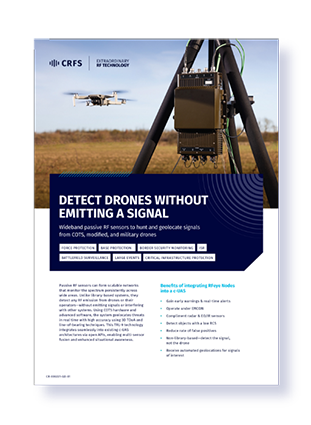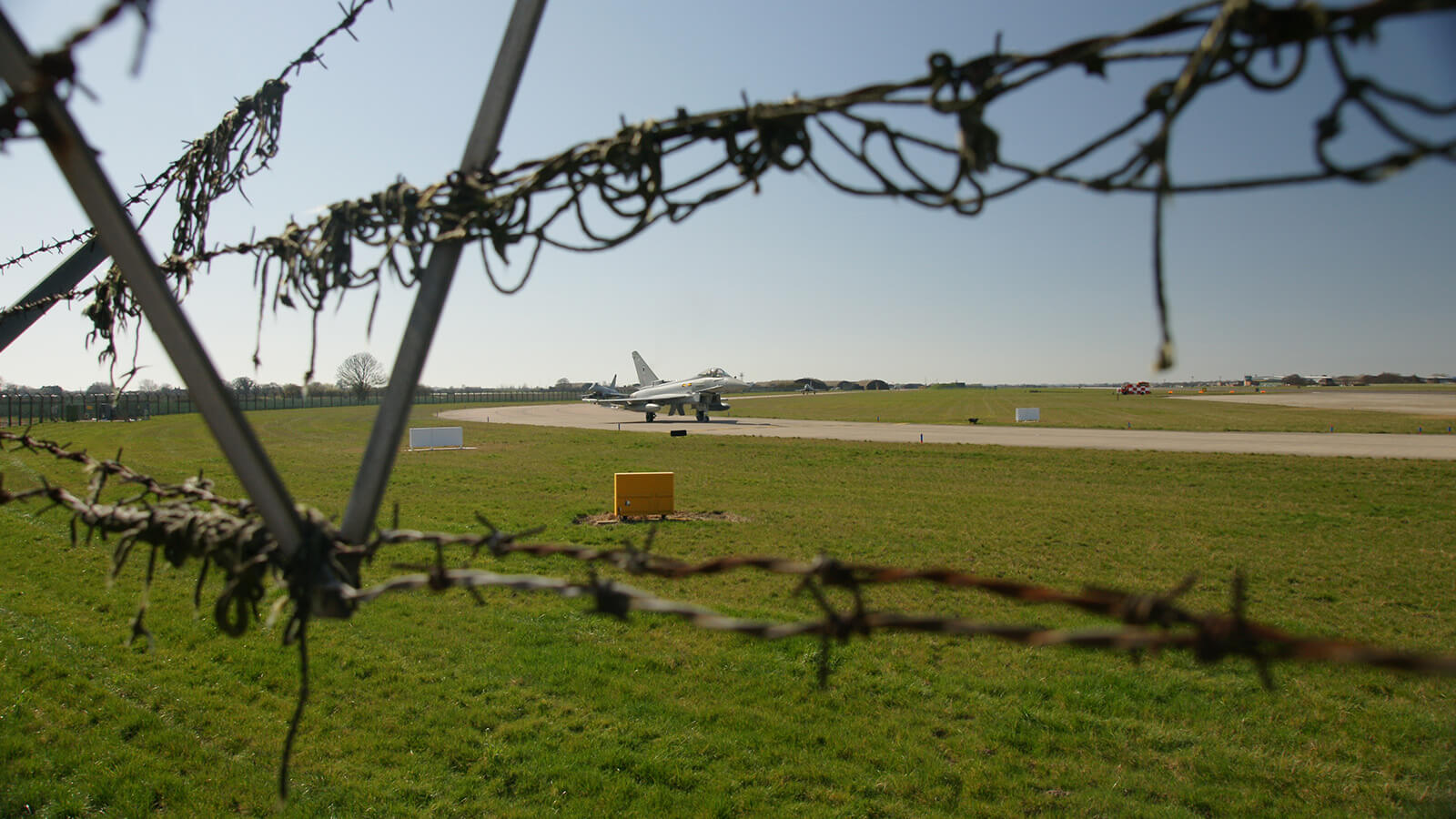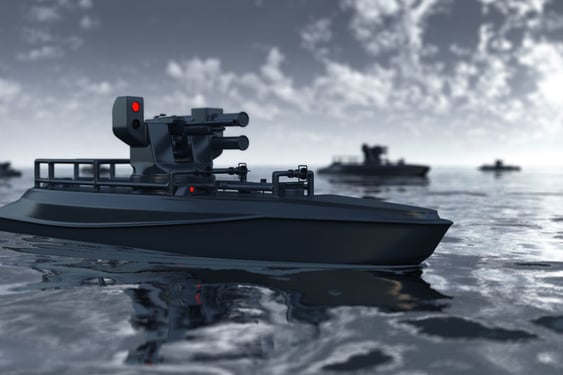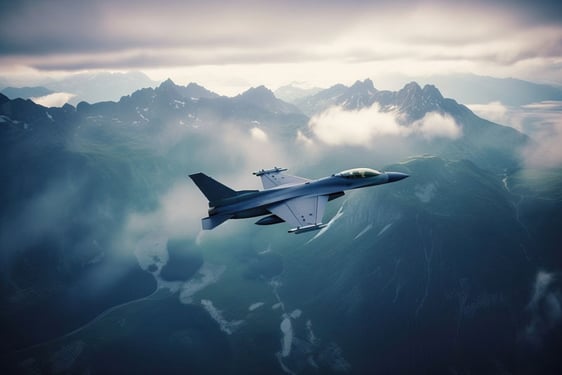Drone detection
CRFS’ passive RF signal hunting technology allows users to accurately detect and geolocate COTS, modified, and military drones
Overview
C-UAS comprise a series of sensors that deliver data into a C2 platform. The RF sensor capability of a C-UAS is the foundation upon which it is built, allowing the system to identify and discriminate drones from other targets and signals.
Standard C-UAS employ SDRs that only operate in the IMS bands; while adequate for detecting COTS drones, they are insufficient to detect a broad range of threat vectors, including MALE and modified drones. Wide spectrum capability is vital to identify and address all threats.
CRFS’ RFeye technology detects every type of UAV that emits an RF signal. Our signal detectors hunt for RF signals of interest rather than drones—a more powerful and precise capability. When the system detects a specific signal, it immediately performs a 3D geolocation—providing real-time intelligence displayed on screen or delivered to your C2 system. Our drone detection technology can detect military drones at high altitude. It is TRL-9, has been integrated into systems built by L3Harris and Rafael, and is currently operational in many allied countries across the globe.
C-UAS sub-system
Detection, identification, early warning
3D geolocation (long, lat, alt)
Passive RF sensors
High degree of discrimination & accuracy
Military, infrastructure protection, border security
Drone detection applications
Operates on military & commercial drones
Wide frequency capability is critical to detecting MALE, COTS, and modified drones operating on frequency bands from 100 MHz to above 10 GHz.
Integrated into leading C-UAS
CRFS RF sensors are integrated into globally renowned C-UAS, including L3Harris’ Drone Guardian and Rafael's Drone Dome.
Additional full spectrum monitoring capability
Users are not limited to solely detecting drones with CRFS' RF receiver network; the system can also be used to monitor all RF traffic around the installed location.
Detect the signal of interest, not the drone
Open-ended signal detectors search for specific signals (including telemetry, video links, payload data transfer) rather than for individual drones—a more intelligent and effective approach to drone detection.
Low false positives
Signal detectors are designed to generate low false positives, and CRFS software has additional filtering capability to add an extra layer of security, eliminating false positives.
High operating range
Employing a mixture of standard omnidirectional antenna systems and higher gain antennas, CRFS technology extends the operating range of RF systems when detecting COTS drones operating with low power.
Detect drone swarms
Advanced RF systems have rapid geolocation detection cycles, allowing the detection of multiple commercial or modified drones with refresh speeds of once per second.
High accuracy geolocation
CRFS technology can locate military drones at up to 400 km and provides highly accurate 3D geolocations.
Open architecture
Using CRFS' geolocation streams in your C2 system is simple, thanks to our geolocation streaming service and APIs.
Talk to an advisor about drone detection

Brochures, Guides & Survey's
Detect drones without emitting a signal
Wideband passive RF sensors to hunt and geolocate signals from COTS, modified, and military drones.
Drone detection expertise

Principles of geolocation techniques
This white paper describes the underlying principles of geolocation techniques (AoA, TDoA, FDoA, & PoA) and outlines their applications.

Passive geolocation with 3D TDoA

Advanced geolocation capabilities
Learn about advanced geolocation capabilities, AoA, TDoA, PoA, multi geolocation, and much more.


ACHIEVING SPECTRUM DOMINANCE ACROSS MULTIPLE MILITARY AIRBASES
How a NATO member monitors the spectrum of multiple locations from one central location.
Read the storyDETECTION & 3D GEOLOCATION OF AERIAL TARGETS OVER WIDE AREAS
How a NATO partner built an air defense platform to increase national security
Read the story

